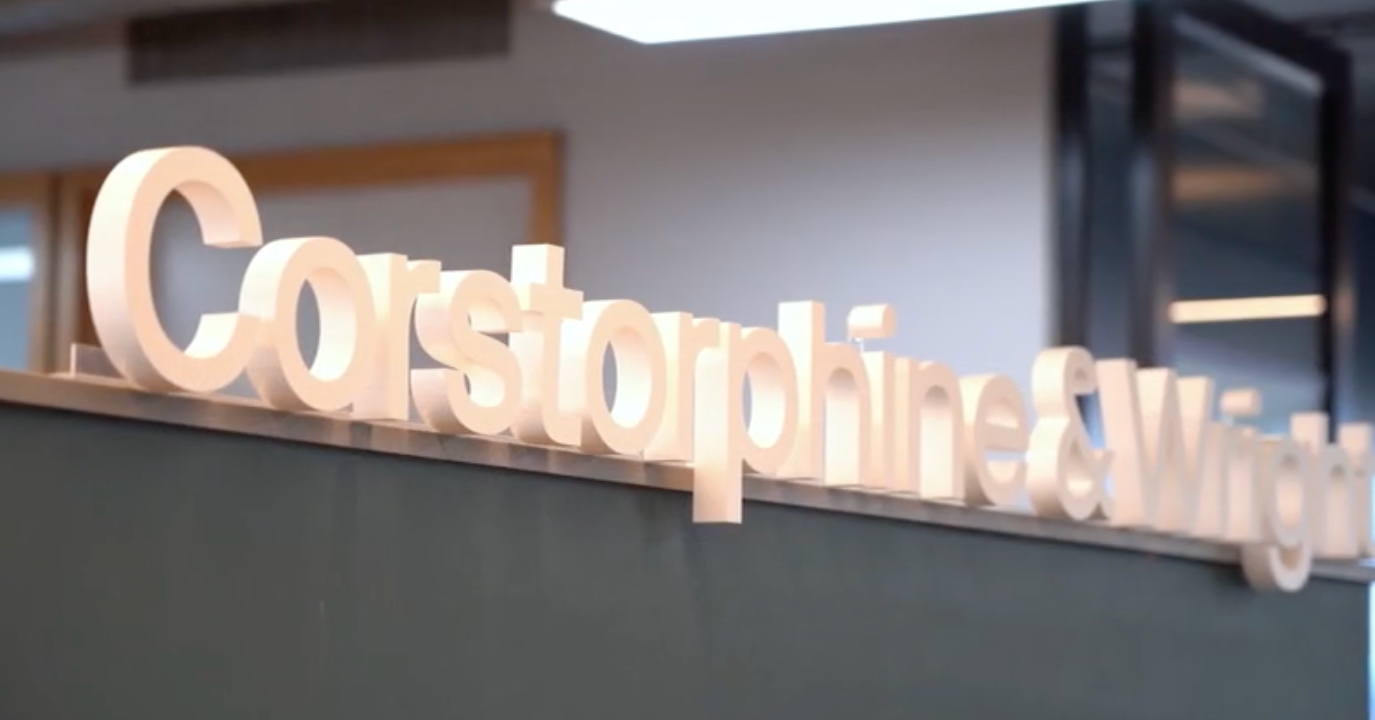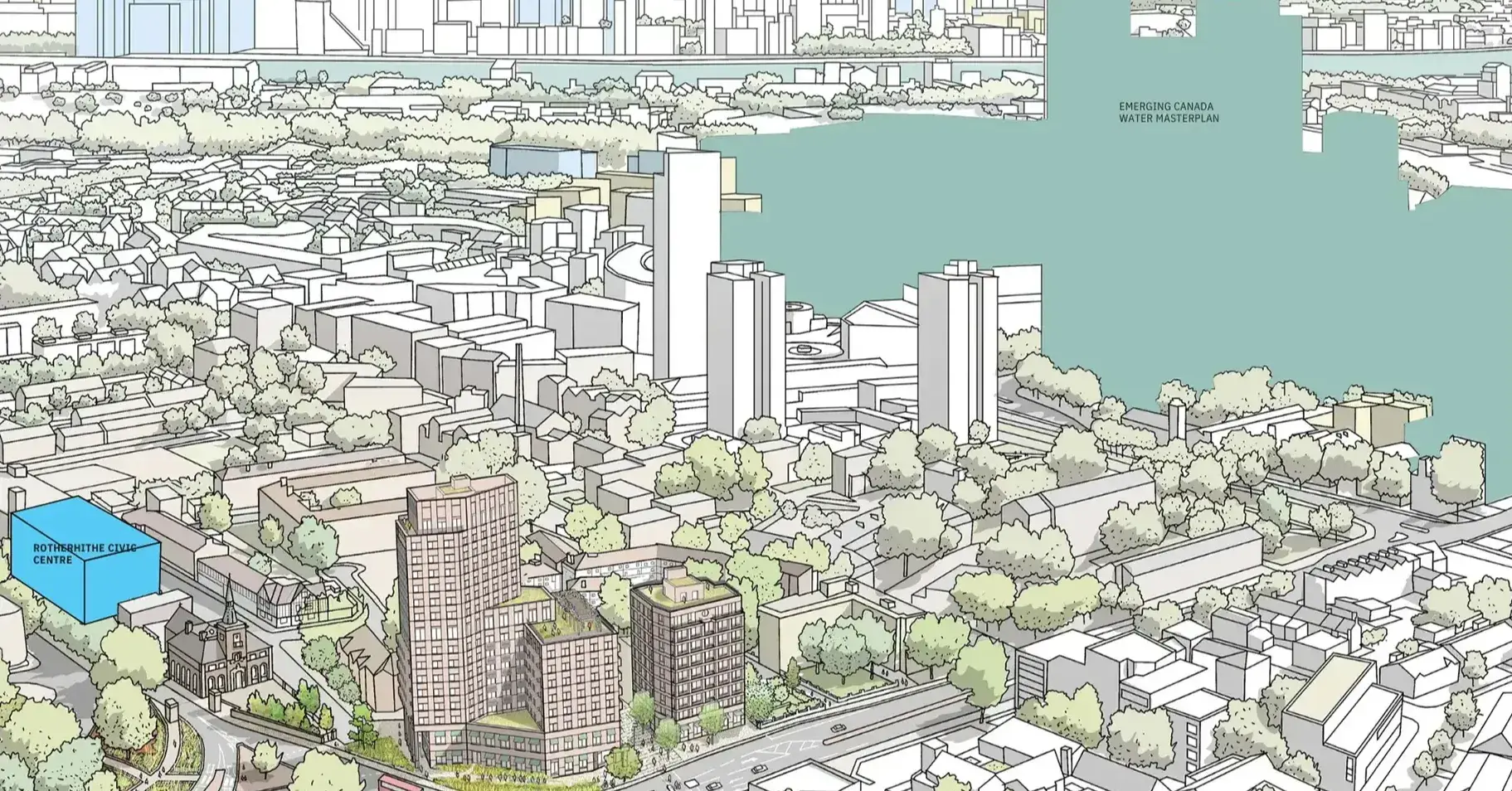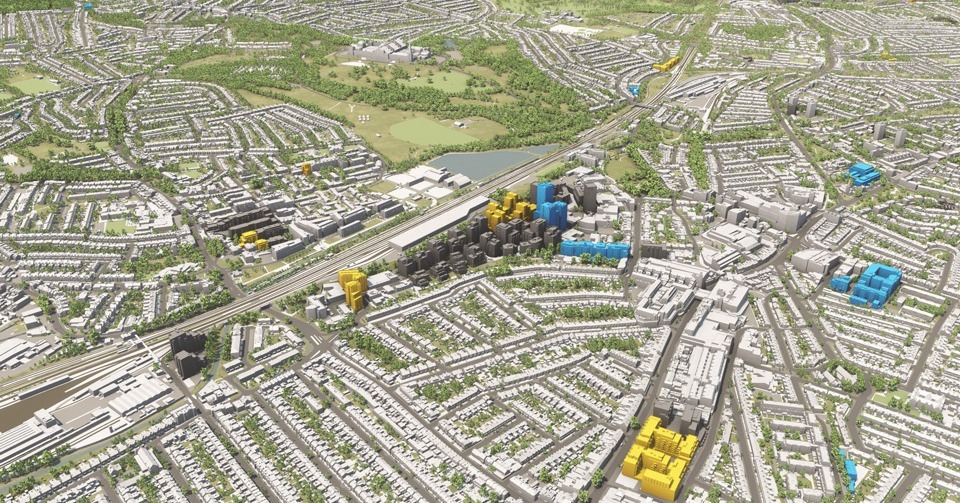Appeals Are Going Digital – But What About the Rest of the Planning Process?
The Planning Inspectorate's announcement of a new national digital appeals service marks a significant moment in the evolution of planning in England. Following a successful pilot in five London boroughs, this rollout promises to modernise the way appeals are handled across the country. But while we welcome this shift, we must ask a more fundamental question:
Why are we fixing the system from the back end?
The Digital Appeals Rollout: A Step Forward
The new digital service is designed to streamline the submission and handling of planning appeals, introducing a user-friendly dashboard and reducing the need for paper-based processes. It's an encouraging sign that the planning system is finally embracing digital tools to improve efficiency and communication.
Paul Morrison, CEO of the Planning Inspectorate, explained:
“Every delayed planning decision represents potential delays to development and uncertainty for local communities. This change is a common-sense approach to planning that benefits us all by removing unnecessary administrative burdens and focusing on what matters: well-informed, timely decisions based on high-quality applications from the start.”
However, this change comes at the tail end of the process. We would argue: shouldn’t digital tools be helping to create those high-quality applications from the start? Why wait until things go wrong to bring technology into the process?
The Root of the Issue Lies Earlier
In most cases, delays don’t originate during the appeal, but build up during pre-app, validation, and assessment stages, where subjectivity and siloed data make it hard to progress with certainty. These stages are often paper-heavy, inconsistent, and open to interpretation.
For example:
- Local authorities grapple with incomplete or unclear submissions.
- Developers face uncertainty due to changing policies and opaque viability considerations.
- Communities feel sidelined until late in the process, reducing trust and increasing objections.
These stages are where digital transformation is still lagging, yet where it is needed most.
In fact, according to The Opportunity for PropTech report, digital tools already piloted in early-stage planning have shown 80–90% reductions in time spent on site assessments, and a 1,500% increase in community engagement during consultation. This reflects a fundamental shift in how planning can be delivered: faster, more transparent, and far more inclusive.
Early Intervention is the Key to Better Outcomes
Appeals should be the exception, not the norm. A smarter approach would focus on improving the clarity and quality of decisions before applications reach appeal. Digitising only the appeal stage is like modernising the fire brigade but ignoring fire prevention. If we want fewer appeals, we need to get decisions right the first time.
This means equipping planning authorities and applicants with the tools they need to get it right the first time:
- Access to real-time, accurate 3D visualisations
- Policy context presented spatially
- Collaborative platforms for engaging all stakeholders early
- Transparent and consistent information across departments
3D geospatial platforms provide exactly this. They allow planners, developers, architects and communities to see the full picture and engage in constructive dialogue grounded in evidence. This reduces ambiguity, speeds up decision-making, and lowers the risk of costly and time-consuming appeals.
Despite the potential, PropTech is still vastly underused in local planning. While UK local authorities spend nearly £2 billion a year on planning and development services, just ~£59 million (around 3%) is currently estimated to go towards PropTech solutions. That’s a tiny fraction considering the scale of the challenges, and the transformative impact these tools can have on the front end of planning.
Fixing appeals is important. But preventing them is smarter.
Shifting the Narrative: Prevention Over Cure
We need to think beyond reactive fixes and invest in proactive solutions. With development timelines tightening and trust in planning outcomes under scrutiny, enabling better, earlier decisions has never been more critical.
A unified, digital approach to planning shouldn't begin at appeal. It should start at the very beginning: with applications that are clear, evidenced, and developed in a shared context.
As Michael Batty and Wei Yang of the Digital Task Force for Planning writes:
“The approach proposed here seeks a transformative digitalisation of spatial planning – a people-centric process which is enabled by digital technologies... It will generate better engagement in the plan-making process, enhance efficiency and optimise the value of data... and allow stakeholders, planners, designers, and policymakers to think intelligently through an evidence-based decision-making process.”
This vision moves beyond digitising the output of planning (like appeals) and toward reshaping the entire system to support better, earlier, and more inclusive decisions.
In Conclusion
The new digital appeals service is a strong signal that the government recognises the need for transformation. But let’s not stop there. Let’s channel this momentum into the entire planning journey.
The path to faster, fairer, and more transparent planning lies not just in how we handle disputes, but in how we avoid them altogether. Let’s empower local authorities, developers, and communities to get things right at the beginning.
VU.CITY Case Studies
See how leading built environment experts are using VU.CITY
Shape Tomorrow’s Cities, Today.
Begin Your Free Trial Now.

-1-1-1.png)


